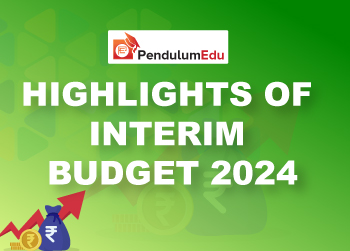Banking, Financial and Economic Awareness of 14 and 15 April 2020
1. Who has recently demanded change in NPA classification norm from 90 days to 180 days? 2. The shareholding of Foreign Portfolio Investors in Indusind Bank has recently increased from 55.22% to 3. In the latest World Economic Outlook (WEO), the International Monetary Fund has lowered India’s GDP growth for the financial year 2020-2021 to 4. Internet and Mobile Association of India (IAMAI) has requested government to help in digital integration of customers of regulated NBFCs. When was IAMAI formed? 5. Which of the following term is used for the simultaneous presence of inflation, recession and unemployment? Solution: 1. D 2. A 3. C 4. C 5. E1. HDFC Chairman demands change in NPA classification norm
2. FPIs shares in IndusInd Bank increase
3. IMF lowers India’s GDP growth
4. IAMAI wants digital integration of NBFCs customers
Topic of the Day – “Inflation and Its Types”
Multiple Choice Questions (MCQs)
 Previous
Previous 
 Latest
Latest 








Comments